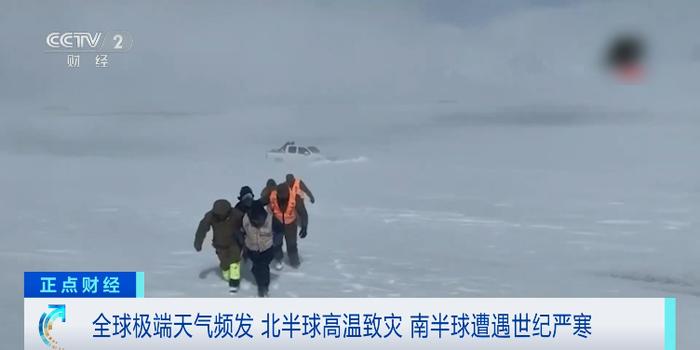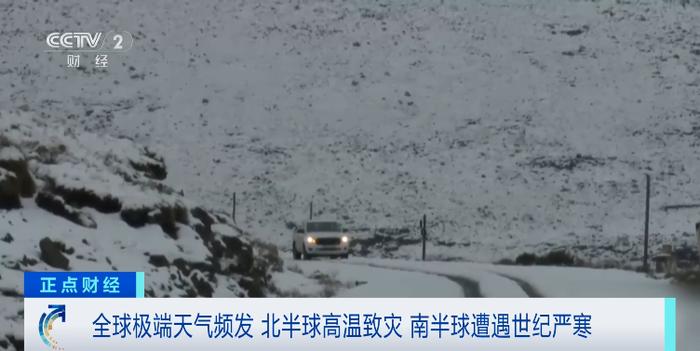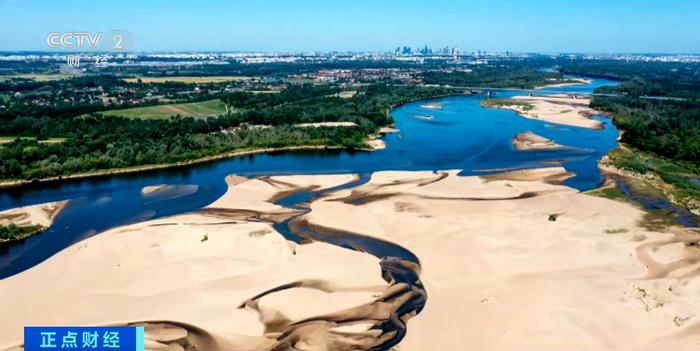




With extreme high temperatures, droughts, torrential rains, and floods also frequently ravaging the Northern Hemisphere, the Southern Hemisphere is currently experiencing a century-long cold snap. Experts have warned that
record-breaking extreme weather has become a new norm on Earth.
Some areas have seen their highest temperatures soar to 46°C. The meteorological department has issued a total of 76 red alert warnings for high temperatures. According to the latest data from Spain’s Ministry of Health, as of July 19,
1180 people have died due to heat-related diseases. In France, temperatures in many places have exceeded 40°C, with the heatwave causing at least two deaths and over 300 people receiving emergency aid. Due to the continuous high temperatures, the steel structure of the Eiffel Tower has experienced slight curving due to thermal expansion, leading to temporary closure of the top area.
At least 18 cities have entered a “red alert” status for high temperatures,
with the heatwave resulting in at least five deaths.
And the number of emergency cases related to heat has increased by 10%.
Temperatures near or above 40°C are being reached in many places,
and the Rhine River, an important waterway in Germany, has been hindered by low water levels, causing navigational difficulties.
As the heatwave continues, wildfires are raging. According to data from the European Forest Fire Information System, as of July 15,
Europe’s forest fire area this year reached 232,000 hectares, equivalent to the entire area of Luxembourg. When high-temperature wildfires ravage Europe, the United States, located in the Northern Hemisphere, is frequently facing rare flood disasters.
Passengers, please note: The train is arriving, but I can’t open the door, it’s very unsafe.
The subway has turned into a “water curtain,” and streets are flooded. On July 14th local time,
a once-in-a-century heavy rainstorm hit New York and its surrounding areas in the United States, causing traffic paralysis and roads to be flooded, resulting in at least two deaths.
The Guardian quoted a recent study indicating that due to climate change, by the end of this century, the rainfall intensity in the Northeast of the United States could further increase by 52%. With rising sea levels and the disappearance of Arctic sea ice, the destructive power of winter storms in this region will also grow.
When the Northern Hemisphere is suffering from high temperatures and heatwaves, the Southern Hemisphere is currently experiencing an unprecedented cold snap during winter. A polar high pressure began affecting South America from June 26th and reached its peak on June 30th, causing record low temperatures in Argentina, Chile, Uruguay, etc.,
with some areas seeing temperatures drop to minus 18°C.
Due to continuous influence from the polar high pressure, on July 1st, transportation was forced to halt in the Atacama region of Chile’s southernmost point, Aima, trapping at least 180 trucks in this crucial international passage connecting Argentina and Chile. South Africa’s Eastern Cape province experienced extreme weather events such as heavy rain and snowstorms in June, triggering floods and landslides,
causing 49 deaths and approximately 300,000 people losing power.